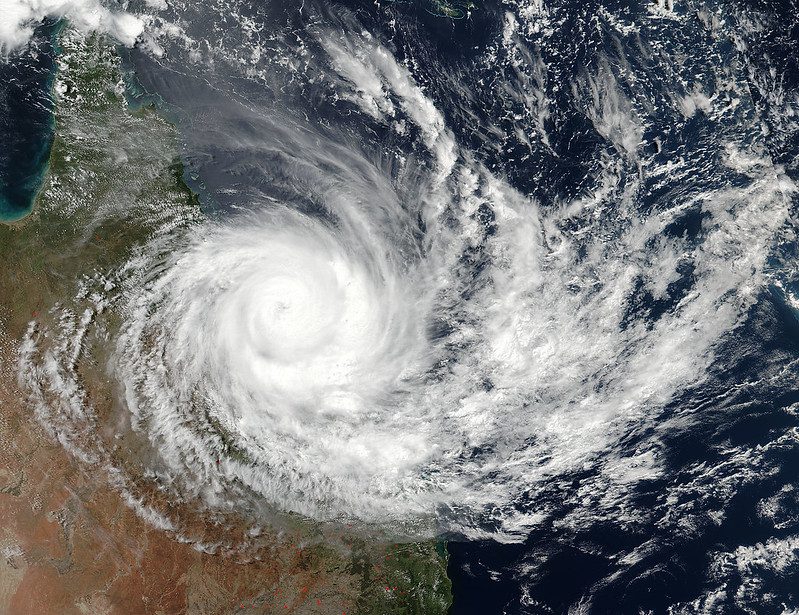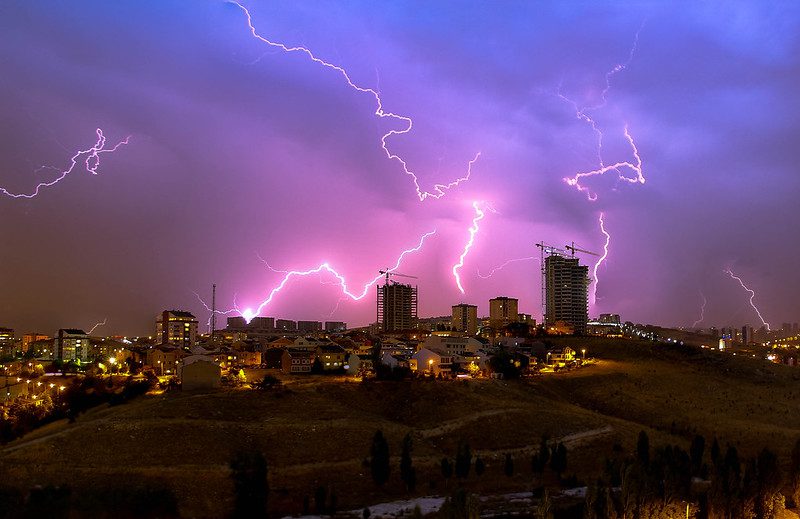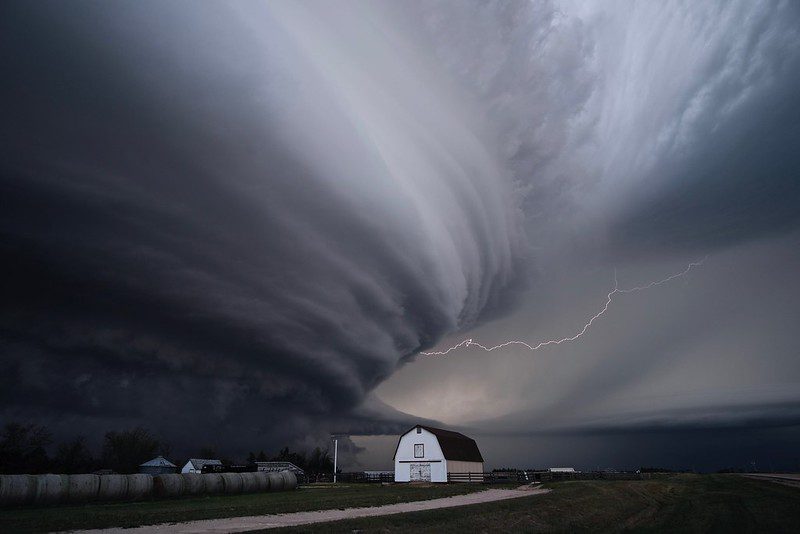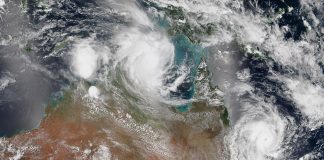
Extreme weather events, such as cyclones, flood events, tornadoes, and severe thunderstorms, can cause significant damage to homes and disrupt daily life. Homeowners must be prepared for these events to minimise the risk of injury, protect their property, and ensure their families are safe. Here is a guide for homeowners on preparing for extreme weather events.
Types of extreme weather events in Queensland
Queensland, a state located on the northeastern coast of Australia, is prone to a variety of extreme weather events. Some common types of extreme weather events in Queensland include:
- Cyclones: Cyclones are severe tropical storms that can bring strong winds, heavy rain, and storm surges to the coast. Queensland is particularly vulnerable to cyclones during the summer months.
- Floods: Queensland is prone to both riverine and flash floods, which heavy rain, cyclones, or a combination of both can cause. Flooding can occur suddenly and can cause significant damage to homes and infrastructure.
- Droughts: Drought is a prolonged period of dry weather that can lead to water shortages and reduce crop yields. Queensland has experienced several severe droughts in the past, particularly in the western and southern parts of the state.
- Heatwaves: Heatwaves are prolonged periods of hot weather that can increase the risk of heatstroke and other heat-related illnesses. Queensland can experience heat waves throughout the year, but they are most common in summer.
- Storms: Queensland can experience severe thunderstorms and hailstorms, bringing strong winds, lightning, and heavy rain. These storms can cause damage to homes and infrastructure and can also lead to flash flooding.
It is important for homeowners in Queensland to be prepared for these types of extreme weather events and to follow the guidance of local authorities during times of crisis.

Create an emergency plan
Having a plan in place beforehand can make a big difference during an emergency. The first step in preparing for extreme weather events is to create an emergency plan for your family. This plan should include the following:
- A designated emergency shelter (such as a basement or interior room)
- An evacuation plan in case you need to leave your home
- A communication plan to stay in touch with your family and emergency services
- A list of emergency phone numbers, including your local emergency management agency, utility companies, and insurance provider
- A list of important documents, such as insurance policies, identification, and financial records that you may need to take with you in the event of an evacuation
Assemble an emergency kit
It is important to have an emergency kit on hand in case you need to evacuate or are stuck at home during an extreme weather event. Your emergency kit should include the following:
- Non-perishable food and water (enough to last at least three days)
- Medications and first aid supplies
- A flashlight and extra batteries
- A battery-powered radio to stay informed about the weather and any updates from emergency services.
- Personal hygiene items, such as soap, toothpaste, and towels
- Warm clothing, blankets, and sleeping bags
- Cash (in case ATMs are not functioning)
Protect your home
There are several steps you can take to protect your home and property during extreme weather events:
- Secure loose objects in your yard, such as trash cans and outdoor furniture, to prevent them from becoming projectiles in strong winds.
- Install storm shutters or plywood over windows to protect them from flying debris.
- Keep your gutters and downspouts clear of debris to prevent water from backing up and causing damage to your roof or walls.
- Have a plan for protecting your valuables, such as important documents and family heirlooms.
- Consider purchasing flood insurance, as standard homeowner’s insurance does not cover flood damage.

Stay informed
It is important to stay informed about the weather forecast and any updates from emergency services. Follow the guidance of local authorities and evacuate if instructed to do so. Keep a battery-powered radio or television on hand, and charge your phone in case of a power outage.
By following these steps, homeowners can take proactive measures to protect themselves, their families, and their homes during extreme weather events. While it is impossible to completely eliminate the risk of damage or injury, being prepared can help you navigate these challenging situations and emerge with minimal harm.
Here is a list of emergency services in Queensland, along with their website links:
- Queensland Police Service: The Queensland Police Service is responsible for law enforcement and emergency response across the state. In the event of an emergency, you can call 000 for police assistance. The Queensland Police Service website can be found at: https://www.police.qld.gov.au/.
- Queensland Ambulance Service: The Queensland Ambulance Service provides emergency medical care and transport to hospitals. In the event of a medical emergency, you can call 000 for an ambulance. The Queensland Ambulance Service website can be found at: https://www.ambulance.qld.gov.au/.
- Queensland Fire and Emergency Services: The Queensland Fire and Emergency Services are responsible for firefighting and emergency response across the state. In the event of a fire or other emergency, you can call 000 for fire and rescue assistance. The Queensland Fire and Emergency Services website can be found at: https://www.qfes.qld.gov.au/.
It is important to familiarise yourself with these emergency services and their contact information in case you need to call for assistance during an emergency. In the event of an emergency, always call 000 for immediate assistance.
List of major weather websites that give warnings and their respective website links
Several major weather websites provide warnings and updates for Queensland, Australia. Here is a list of some of these websites, along with their links:
- Tims Severe Weather Queensland Facebook Page: My Facebook weather page and group phase current and correct information and severe weather warnings are constantly being posted. Visit my Weather Prediction Centre here: https://www.facebook.com/timsevereweatherqueensland. Don’t forget to 👍
- Bureau of Meteorology: The Bureau of Meteorology is Australia’s official source of weather forecasts and warnings. The bureau’s website provides current and forecasts weather information and warnings for extreme weather events such as cyclones, storms, and heat waves. The Bureau of Meteorology website for Queensland can be found at: https://www.bom.gov.au/qld/.
- Queensland Government Disaster Management: The Queensland Government Disaster Management website provides information and updates on disasters and emergencies in the state, including flood and cyclone warnings. The website also provides information on preparing for and responding to emergencies. The Queensland Government Disaster Management website can be found at: https://www.disaster.qld.gov.au/.
- ABC Emergency: The ABC Emergency website is operated by the Australian Broadcasting Corporation (ABC) and provides updates on emergencies and natural disasters in Queensland and other parts of Australia. The website also provides information on preparing for and responding to emergencies. The ABC Emergency website can be found at: https://www.abc.net.au/emergency/.
- Queensland Police Service: The Queensland Police Service website provides updates on emergencies and natural disasters in the state, including flood and cyclone warnings. The website also provides information on preparing for and responding to emergencies. The Queensland Police Service website can be found at: https://www.police.qld.gov.au/.
- Queensland Fire and Emergency Services: The Queensland Fire and Emergency Services website provides updates on emergencies and natural disasters in the state, including flood and cyclone warnings. The website also provides information on preparing for and responding to emergencies. The Queensland Fire and Emergency Services website can be found at: https://www.qfes.qld.gov.au/.
By staying informed about weather conditions and warnings through these websites, homeowners in Queensland can be better prepared for extreme weather events and emergencies.

Queensland Live Radar, Wind, Temperatures, Swell and Waves, Satellite, and Much More
Visit my weather maps and tools here.
Several types of weather maps are used to visualize and analyze different aspects of the weather. Here are some common types of weather maps:
- Surface weather maps: Surface weather maps show the weather conditions at the Earth’s surface, such as temperature, humidity, wind speed and direction, and precipitation. These maps are typically based on observations from weather stations and other sources, and they are used to analyze current weather conditions and forecast future weather.
- Synoptic weather maps: Synoptic weather maps show large-scale weather patterns, such as high and low-pressure systems and fronts. These maps are typically based on observations from weather stations and other sources, and they are used to understand how different weather systems interact and to forecast future weather.
- Satellite maps: Satellite maps show the Earth’s surface as seen from above by satellites orbiting the Earth. These maps can show various weather features, such as clouds, storms, and heat waves, and they are often used to supplement surface and synoptic weather maps.
- Radar maps: Radar maps show the location and intensity of precipitation, such as rain and snow, using data from radar stations. These maps are often used to track the movement of storms and to warn of potential hazards, such as flash flooding.
- Model maps: Model maps show the output of weather forecasting models, which use mathematical equations to simulate the Earth’s atmosphere. These maps can show various weather features, such as temperature, humidity, wind, and precipitation, and they are used to make long-range weather forecasts.
Weather maps are an important tool for meteorologists and other weather professionals, as they help to visualize and understand the various factors that influence the weather. The general public also uses them to stay informed about current and forecast weather conditions.





























































